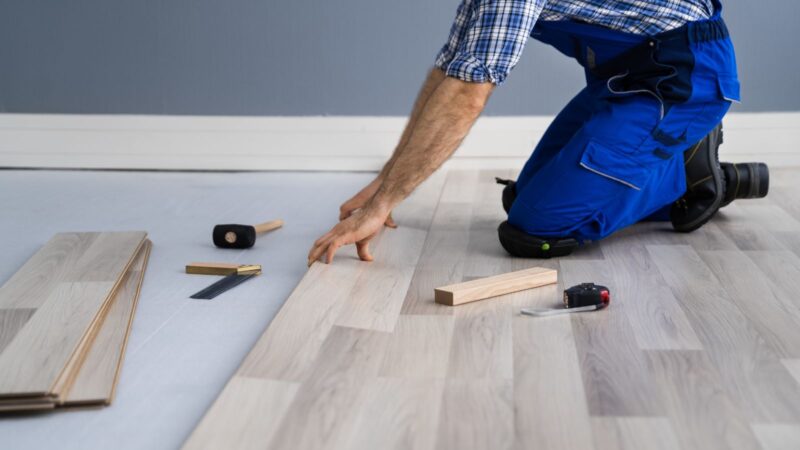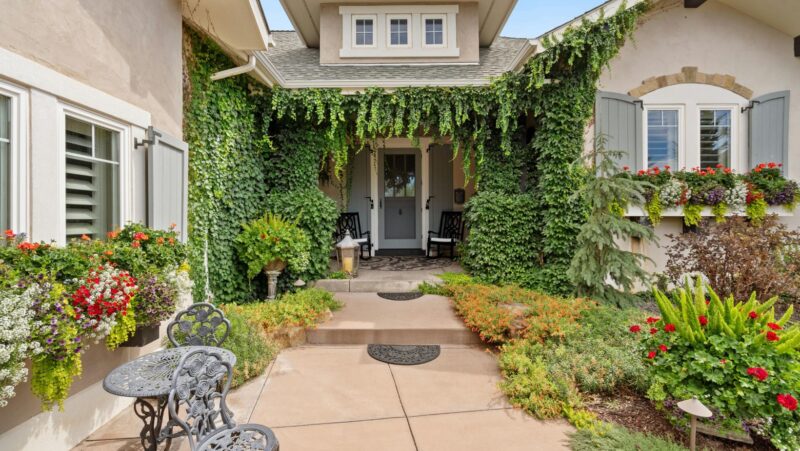
Building your own pool can be an exciting yet daunting DIY project. Whether you’re dreaming of a small dip pool to cool off on hot summer days or a large family pool for endless fun, it’s essential to plan thoroughly.
Here are ten DIY tips to help you tackle the construction of your own pool, plus some advice on when it might be wise to call in a subcontractor.
Plan Your Pool Thoroughly
Start with a clear plan. Determine the size, shape, and location of your pool. Consider how you will use the pool and what features are important to you, such as steps, benches, or a diving board. Check local zoning laws and building codes to ensure your project is compliant.
Use design software or sketch out your plans to visualize the result. Planning is crucial because it affects every subsequent step—from budgeting to the actual construction process.
Budget Wisely
Budgeting is a critical step in the DIY pool-building process. Research the costs of materials, equipment rental, and any labor you might need to hire. Always add a contingency fund of at least 10% to handle unexpected expenses.
Compare prices from different suppliers to get the best deals on high-quality materials. Remember, cutting costs should never come at the expense of quality, especially for structural components like the pool shell. Learn more info here https://dengarden.com/swimming-pools/The-Diaries-of-Sam-Watson-Bridge-Trolls-on-the-loose.
Choose the Right Location
Selecting the right location for your pool is about more than just aesthetics. Avoid areas with heavy tree coverage to reduce debris in the pool. Consider sunlight exposure, privacy, and proximity to your house for easy access. Additionally, make sure the area you choose can support the construction and won’t interfere with underground pipes or cables.
Get the Necessary Permits
Before you start digging, make sure you have all the necessary permits. This can be a complex process, as local regulations regarding pool construction can vary significantly. Failing to obtain the right permits can lead to fines or forced modifications to your pool.

Visit your local planning office or consult with a construction expert to ensure you meet all legal requirements.
Excavation
Excavation can be the most challenging part of pool construction. Rent the appropriate heavy machinery, like a backhoe or an excavator, unless you have significant experience, it’s advisable to hire a professional for this step. The excavation must be precise mistakes here can be costly to fix. Check out this page for more.
Install Plumbing and Electrical Systems
Before you pour the concrete or install the shell, you need to lay out the plumbing and electrical systems. This includes piping for water to and from the pool and electrical wiring for lights, pumps, and heaters. It’s crucial to follow the best practices for safety and efficiency. Unless you are skilled in plumbing and electrical work, hiring a professional for this step could save you from costly repairs in the future.
Pouring the Concrete or Installing the Shell
For concrete pools, building a wooden form and pouring the concrete is a critical step that requires precision. If you opt for a fiberglass shell, ensure it is transported and installed without damage. Both methods require a level of expertise, and getting them right is essential for the structural integrity of the pool.
Waterproofing
Waterproofing is crucial for concrete pools. Apply a waterproof barrier over the concrete to prevent leaks. Several products are available for this purpose, from liquid membranes to waterproof tiles. Careful application is necessary to ensure there are no gaps or weak spots.
Tiling and Coping
Tiling and coping give your pool a finished look. Choose tiles that are durable, slip-resistant, and aesthetically pleasing.

Coping is the material above the tile line that covers the top of the pool shell, and it needs to be well installed to ensure water drains away from the pool, preventing damage.
Landscaping and Finishing Touches
Once the main construction is complete, focus on landscaping and other finishing touches. This might include installing a pool deck, surrounding garden beds, lighting, and safety features like fencing. This is where you can personalize your pool area to match your style and make the space more inviting.
The Role of a Subcontractor
While many steps in building a pool can be done DIY, there are instances where hiring a subcontractor can be immensely beneficial. Complex tasks such as excavation, plumbing, and electrical work require specialized knowledge and skills. Subcontractors not only bring expertise but also help navigate local building codes and regulations. You can check out their site for more helpful info!
They can ensure that the technical and potentially hazardous parts of your project are done safely and to code, which is vital for both the functionality of your pool and your peace of mind. Hiring a subcontractor for certain stages of the construction can be a wise investment, saving you time and potentially costly mistakes.
Building a pool is a significant project that can enhance your home and lifestyle. By following these tips and knowing when to call in professional help, you can ensure that your DIY pool project is successful, safe, and enjoyable. Happy building!












